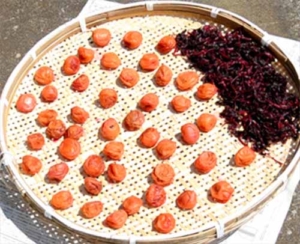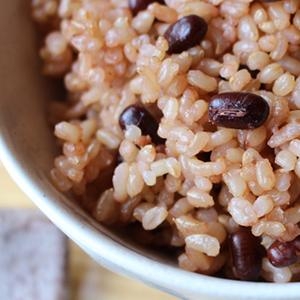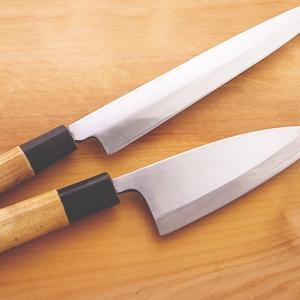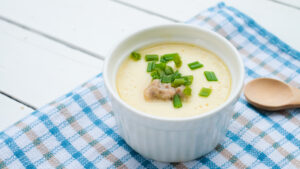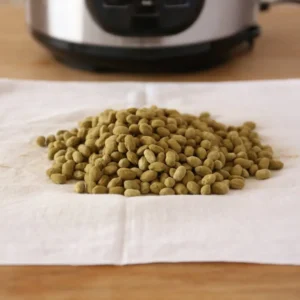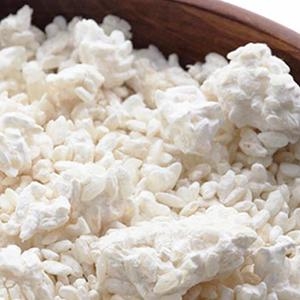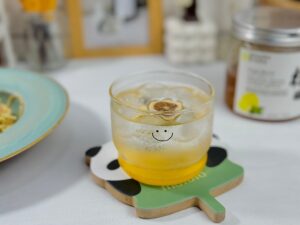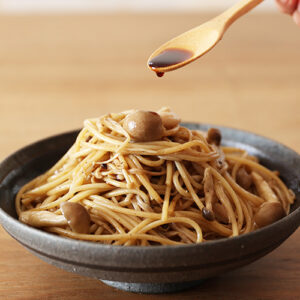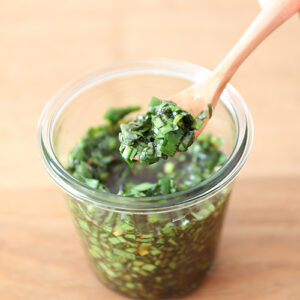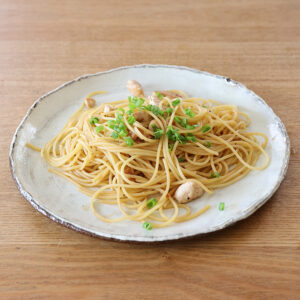With this original recipe by Kawashima the Japan Store, we hope you enjoy this how-to of a very traditional Japanese preserved food!
The following article will also explain what umeboshi is, the steps to make delicious pickled plums and creative umeboshi recipes for you to try out.
What is Umeboshi?
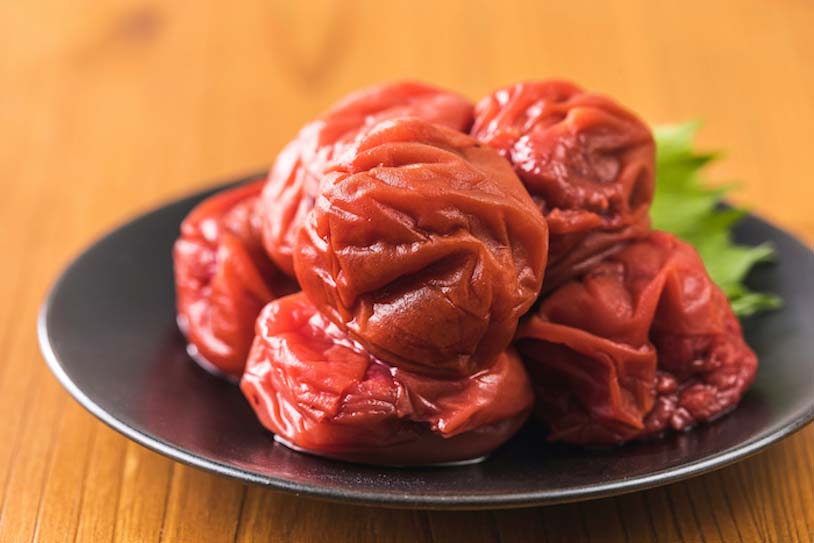
Umeboshi (梅干 or 梅干し), “dried ume” or “dried plum” is a long-standing pickled plum fruit in Japan. Japanese people began making this traditional food during the Heian period (794-1185).
Umeboshi is a popular kind of tsukemono (pickles) in Japan. They are made using the lactic acid fermentation process. Depending on the percentage of ingredient used for fermentation, umeboshi can taste sour and salty due to high citric acid content; or sweet when pickled with honey.
Ume (Prunus mume) is a species of fruit-bearing tree in the genus Prunus, which is often called a plum. The tartness sets it apart from an apricot. In Japan, umeboshi are usually picked when they are hard and very sour; and then made in mid to late July when the ume plums are ready.
Known for its distinctive sourness, this summer fruit is usually served as a side dish with rice or as a filling for rice balls in bentos for breakfast and lunch.
Health Benefits of Umeboshi
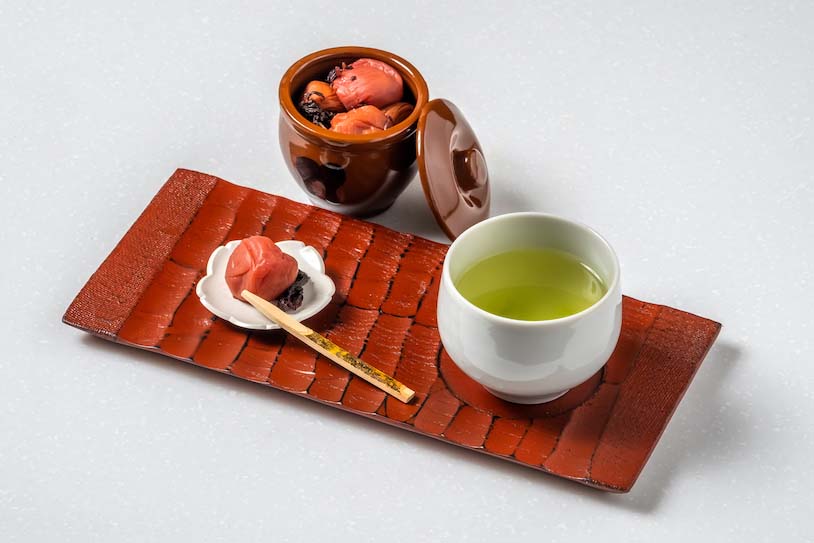
Plum is a very nutritious fruit. It contains a very well-balanced amount of minerals, calcium, potassium, iron, various vitamins, and proteins. The fermentation process increases or preserves the vitamin and enzyme levels of the items being fermented, as well as the digestibility contributing to good health.
Umeboshi is known as a source to recover from fatigue due to citric acid. Citric acid is the world’s largest consumed organic acid and is widely used in beverage and food. It plays a vital role in energy production, therefore stimulating metabolism.
Consuming umeboshi helps with anti-aging as it contains an abundance of antioxidant ingredients such as “polyphenol”, “vitamin E”, and “plum lignan”. The last is said to suppress growth of “Helicobacter pylori”, which is the cause of stomach cancer. Next, the “bactericidal action” in citric acid also prevents food poisoning. Finally, this fruit improves blood circulation; prevents blood clotting and lifestyle-related diseases such as arteriosclerosis with the presence of “pyruvic acid”.
To learn more detail about umeboshi health benefits, we recommend you to read this article below
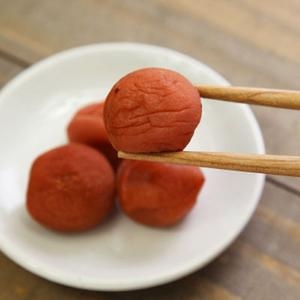
How to Make Umeboshi
Ingredients
For approximately 1 kg portion, you will need:
⇒ Ripe plums (Yellow coloured plums): 1 kg
⇒ Salt (Sea salt/coarse salt): 100-200 g
⇒ Momijiso (Crumpled red shiso/perilla leaves): 200-300 g
Important Points for Making Umeboshi
• Use soft yellow plums to make umeboshi. If the plums are greenish, place them on a colander, cover them with newspapers, leave them in a cool place for 1-3 days, and wait until they turn yellowish. Check the condition of the plums frequently so that the plums are not overripe or bruised.
• Avoid choosing bruised plums or plums with broken skin.
• If the mold is already growing too deep, scrape it off.
• It is also okay to use the plums with black dots. These are natural mold in the plums and will be sterilized when pickled into umeboshi.
• Aim for umeboshi-making when the weather is hot and relatively dry.
• Use a higher salt ratio to prevent molding in the plums. The lower the salt content, the higher the chances of messing up. If you are concerned about the high salt content, you can reduce it later.
• Sterilize the surfaces of both the container and the fruit to help prevent growth of unwanted bacteria.
• Allow the plums to ferment in a cool dark place, unbothered.
Steps
Learn how to make umeboshi at home! Follow this step by step guide for homemade umeboshi.
-
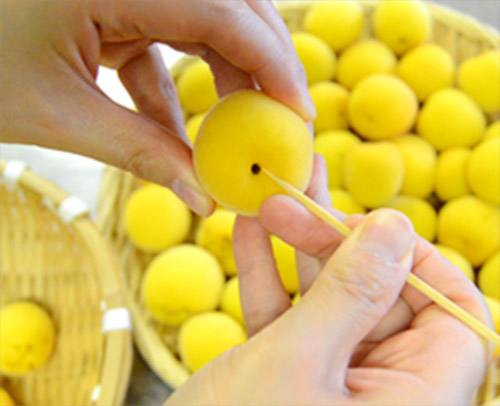
Step 1: Remove the Plum’s Stem
Carefully remove hulls with a bamboo stick.
-
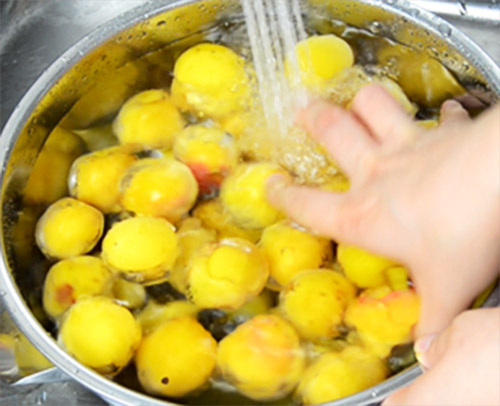
Step 2: Wash the Plum
Rinse the plums thoroughly with water.
-
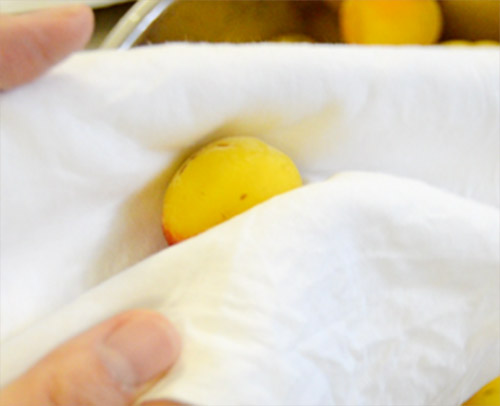
Step 3: Wipe the Plum from Moisture
Dry them well with paper towels one by one. Make sure the plums are dried well otherwise the moisture of plums will cause mold in the jar.
-
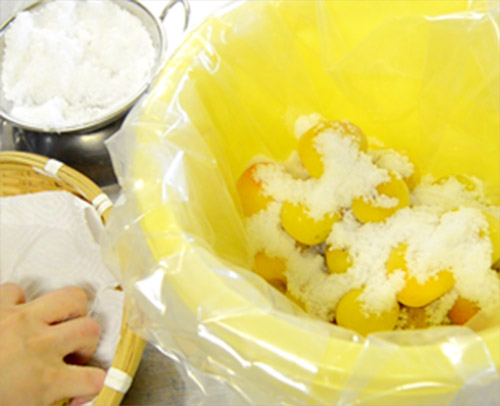
Step 4: Put the Plums and Salt in a Bag
Place a vinyl bag over the container. Place plums and salt into the bag and shake until they are mixed well.
-
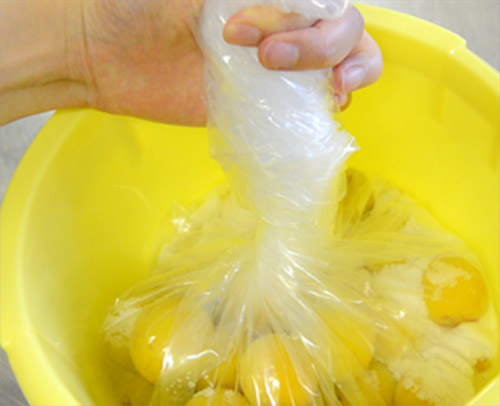
Step 5: Twist the Mouth of the Bag (see picture 5)
Remove any air from the bag.
-
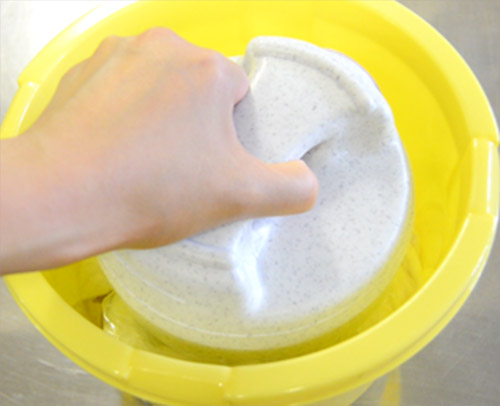
Step 6: Place the Stone Weight On the Top
Place the same weight or twice of that of the plums’ weight.
-
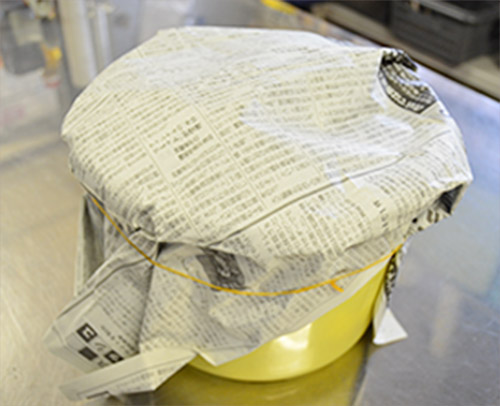
Step 7: Cover the Container
Cover with paper or cloth and leave it in a cool, well-ventilated place. After about a week, the umezu (plum vinegar) will come up.
-
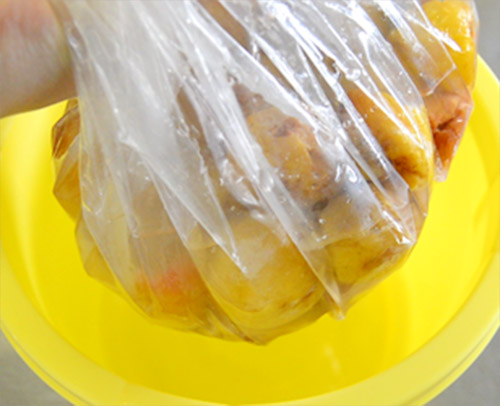
Step 8: Check the Condition of Plum Vinegar
After about a week, the plum vinegar will surface in the bag. If the plums are submerged in the juice, it’s in a good condition.
-
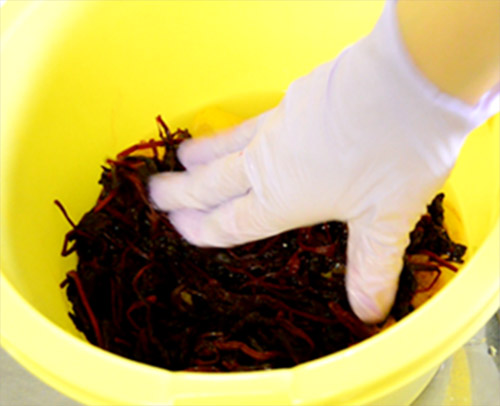
Step 9: Add Momijiso (Crumpled red shiso/perilla leaves pickled in red)
Spread the Shiso evenly on the plums. Cover the container with an inner lid and place weight about twice to that of plum weight above it. Allow to soak for another 2 weeks.
-

Step 10: Let Plums Dry Under the Sun (Summer Airing)
Place plums onto sieves, flat strainer or bamboo colander and let them spread over sieves in a single layer. Leave the plums and shiso to dry under the sun for three days and three nights. Turn the plums over once during the day. Wrap the container and sterilize the umezu by exposing it to sunlight.
-
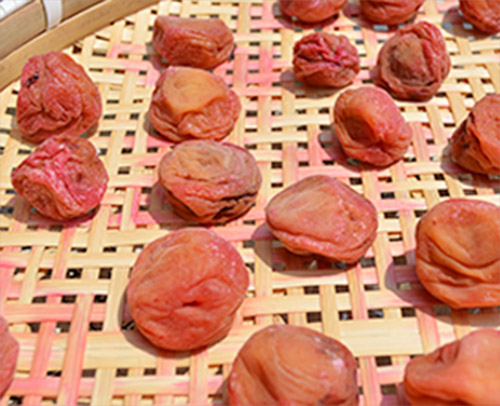
Step 11: Check the Condition of Dried Plums
After drying the plums, wipe them with salt. When it weighs about half the weight of raw plums, it is ready to dry.
-
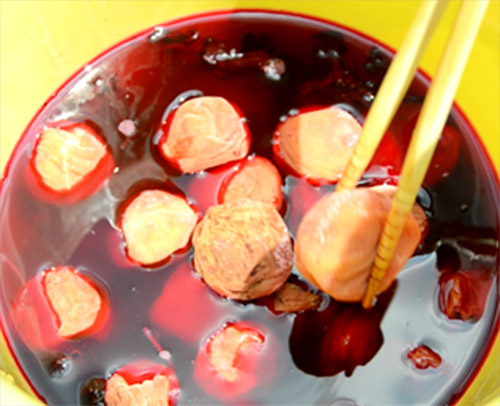
Step 12: Submerge the Dried Plums in Red Vinegar, Save It In A Container, and It’s Done!
Transfer the dried plums to a container containing umezu and store them in a cool and dark place. You can also put the shiso back in the container if you’d like. Umeboshi is ready to be eaten.
How to Store Umeboshi
Move the dried plum to a container and leave it for fermentation. As the plums are reconstituted in the liquid of plum vinegar, save it in a cool and dark place. Alternatively, you can keep it in a clean container or place the Shiso into the container.
Umeboshi should be kept in a sealed container to mature in a cool and dark place. Consider transferring the containers into the refrigerator for longer consumption. Umeboshi is ready to be enjoyed when the smell of plum vinegar fills the air.
You can consume umeboshi immediately after its fermentation though it will be more delicious after being kept for half a year. Umeboshi can be kept for years, even decades. It is said to taste the most delicious in its third year. After that timeframe, the flesh becomes brittle and the taste turns mellow. The great taste of aged umeboshi differs from one to another, therefore it’s difficult to determine the true expiration date.
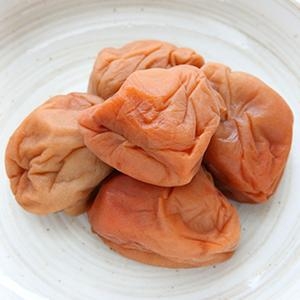
Umeboshi does not go bad, even if not refrigerated and kept at room temperature. This is due to the high salt content (18%) that acts on its defence. Some umeboshi sold at supermarkets may not be genuine and usually contain additives, seasonings and preservatives.
If allergic reaction or any negative symptoms surface, discontinue consumption immediately.
The Umeboshi Vinegar Residue: How to Use it?
The pickling liquid, which is known as umeboshi vinegar, or ume-su as it’s called in Japanese, is a fabulous flavorful vinegar for vinaigrettes.
Umeboshi vinegar is used widely in Japanese cooking as a seasoning. Plum vinegar does not turn bad. We advise using umeboshi vinegar for various recipes such as to elevate salad dressings, marinades, pickles, vegetables, dips, and beverages. For instance, stir in a few sprinkles of ume-su into stir-fry or steamed vegetables dishes to create a sour, fruity aroma. It can also be creatively applied to vegan dishes or bringing your taste to the plate!
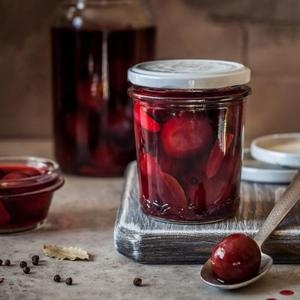
Handmade Umeboshi FAQ
- What is Umeboshi?
- Umeboshi is Japanese traditional pickled plum fruit which harvests plenty of nutritional benefits. The sourness and saltiness of umeboshi makes it a popular side dish with rice or as a filling for rice balls in bentos.
- Is umeboshi healthy and nutritious?
- Yes! Umeboshi helps fatigue recovery, increases appetite and is widely used for anti-aging and skin-softening purposes. Besides, the fermentation process also increases or preserves the vitamin and enzyme levels of the items being fermented, as well as the digestibility, therefore preventing food poisoning. This summer fruit helps not only to improve liver function but also to prevent stomach cancer. Umeboshi is perfect for the family.
- How do you make umeboshi?
- The main ingredients needed are ripe plums (yellow coloured plums), coarse sea salt and crumpled red shiso or perilla leaves.
- When is the best time to make umeboshi?
- Umeboshi are always made in mid to late June, because that’s when the ume plums are ready. The hot and sunny weather helps umeboshi to ferment well.
- How can I use umeboshi vinegar?
- You can use it as a regular seasoning; or creatively in salad dressings, marinades, pickles, vegetables, dips, and beverages for a sour, fruity aroma.
- How do you store umeboshi?
- Umeboshi should be kept in a sealed container to mature in a cool and dark place. Consider transferring the containers into the refrigerator for longer consumption. Umeboshi can be kept for years, even decades. Even if not refrigerated and kept at room temperature, Umeboshi is safe for consumption. The high salt content prevents it from going bad.
- How long can you keep umeboshi?
- Umeboshi can be kept for years, even decades. It is said to taste the most delicious in its third year. After that timeframe, the flesh becomes brittle and the taste turns mellow. The great taste of aged umeboshi differs from one to another, therefore it’s difficult to determine the true expiration date. Umeboshi does not go bad, even if not refrigerated and kept at room temperature. This is due to the high salt content (18%) that acts on its defence. Once the umeboshi is placed in the refrigerator, it can be consumed indefinitely.
- How can I reduce the saltiness in umeboshi?
- To reduce or remove the salt content, first prepare a bowl of water. Then soak the umeboshi in the water for about half a day. By estimation, the salt content will reduce from approximately 18% to 13% in half a day.
Please note that weather, humidity and environment may affect the end-product.
- I could not see plum vinegar or liquid released from the raw plums. I also witness mold forming on the plums. What should I do?
- To ward off mold from the plums, put shochu (Japanese spirit distilled from sweet potatoes, etc.) to the plums which are unattached to the mold. Then, let it soak in the plum vinegar.
Important notes to avoid molding:
• Depending on the salt percentage, the finished umeboshi may taste sweeter or be prone to mold. Therefore, it’s recommended to completely soak the umeboshi with a salt percentage of 18%-20%, and adjust the umeboshi to personal preference later.
• Using coarse sea salt is advised.
• Salt penetrates into the plums to prevent mold and improve the overall taste. Covering the surface of umeboshi with salt is more effective.
• Sterilize the utensils with kitchen-use alcohol for containers, pickles bags, heavy stones etc. that come in contact with the plums.
Umeboshi Recipes
With your homemade umeboshi, you can explore many delicious umeboshi recipes to suit your palate. Here are a few examples:
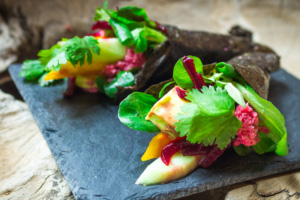
Umeboshi Wrap
Ingredients
- 2 cups Cooked sushi rice
- 2 pieces Nori (Dried seaweed)
- 1 Avocado
- 2 pieces Umeboshi, pickled plum
Instructions
- Wet your hands. Using your hands, spread a thin layer of rice on the sheet of nori.
- Place sliced avocado and a small slice of Umeboshi on top of rice.
- Wrap and voila! Your umeboshi wrap is ready to serve

Japanese Paella
Ingredients
Main Ingredients
Instructions
- Cut vegetables into small pieces. Soak dried Shiitake mushrooms in water, and save the water. Soak lotus root in water and throw away the water. Cut ginger into thin slices.
- Meanwhile, pan fry Pacific sauries until both sides are lightly brown.
- Soak rice in water for over 30 min then put inside a hotpot with rice seasonings, spread gingers slices and teared off umeboshi. Then put in all the vegetables. Place the fish on the top.
- After boiling, reduce to low heat and simmer for 20-25 minutes. Leave the lid on for another 10 minutes.
- Garnish with green onions or favorite toppings.
You can also find out more recipe using umeboshi in these following article:
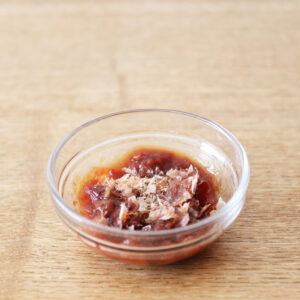
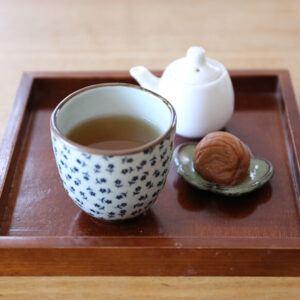
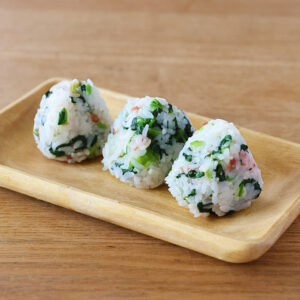
Recommended Products
Homemade umeboshi is so much more delicious than store bought, so they are worth the effort.

 Content List
Content List